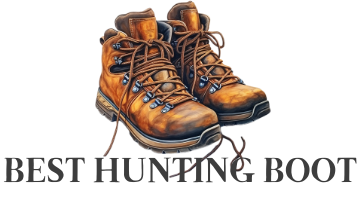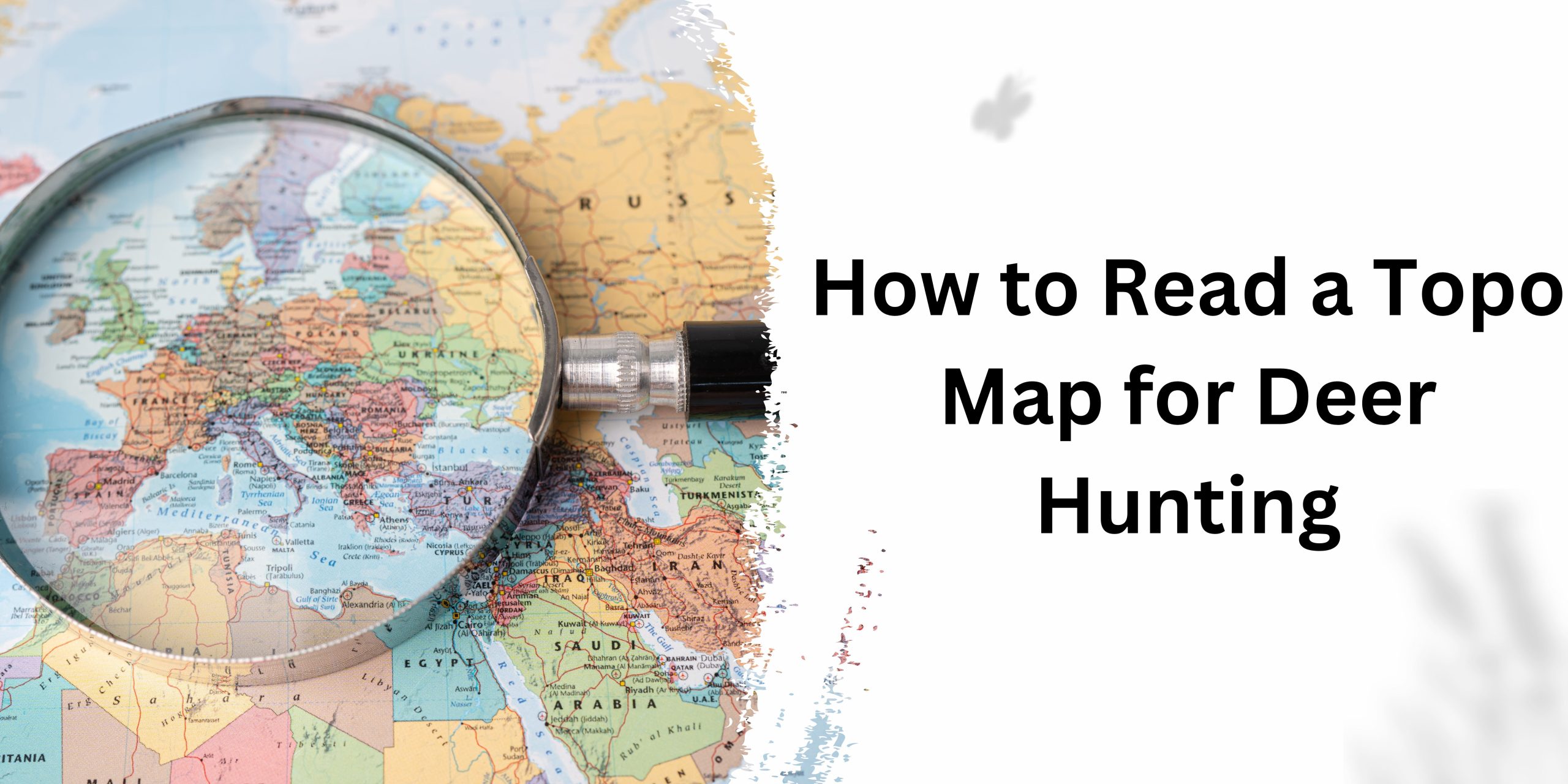Deer hunting is a thrilling and challenging pursuit that requires skill, patience, and careful planning. One essential tool for any deer hunter is a topographic map, often referred to as a topo map. These maps provide valuable information about the terrain, elevation, and features of an area, helping hunters to navigate the landscape and find the best spots to set up their blinds or stands. In this guide, we’ll show you how to read a topo map for deer hunting, so you can enhance your hunting experience and increase your chances of success.
Understanding Topo Maps
Before we dive into how to read a topo map for deer hunting, let’s first understand what a topo map is. A topo map is a detailed representation of a land’s surface features, including its contours, elevations, and natural and man-made features such as rivers, roads, and buildings. These maps are typically used by hikers, campers, and hunters to navigate unfamiliar terrain and plan their routes.
Key Features of Topo Maps
Contour Lines
One of the most important features of a topo map for deer hunting is the contour lines. These lines connect points of equal elevation and can help you visualize the shape of the land. By studying contour lines, you can identify ridges, valleys, and other terrain features that may affect deer movement.
Elevation
Elevation is another crucial aspect of a topo map. By understanding the elevation of the land, you can determine the steepness of slopes and the overall ruggedness of the terrain. Deer are more likely to travel along contour lines or at gentle slopes, so knowing the elevation can help you predict their movements.
Water Features
Topo maps also include water features such as rivers, streams, lakes, and ponds. These features can be important for deer hunting, as deer are often found near water sources, especially during dry periods. By locating water sources on a topo map, you can identify potential deer hotspots.
10 Rules of Contour Lines
Contour lines are one of the most important features of a topographic map, providing valuable information about the terrain and helping you navigate the landscape. Understanding contour lines is essential for hikers, campers, and hunters alike. Here are 10 rules to help you interpret contour lines effectively:
- Contour Interval: Contour lines are spaced at regular intervals on a map, representing a specific elevation change. The contour interval is typically shown in the map’s legend and tells you how much each contour line represents in terms of elevation.
- Closed Circles: Closed circles on a topo map indicate hilltops or peaks. The elevation of the hilltop is usually marked inside the circle.
- V-Shaped Contours: V-shaped contours indicate valleys, with the V pointing uphill. The sharper the V, the steeper the valley.
- Concentric Circles: Concentric circles indicate depressions or basins. The innermost circle represents the lowest elevation, with higher elevations radiating outward.
- Contour Line Spacing: Closer contour lines indicate steep terrain, while wider spacing indicates gentle slopes. A lack of contour lines may indicate a flat or featureless area.
- Streams and Rivers: Contour lines that form a “V” shape pointing upstream indicate a stream or river. The contour lines will bend to follow the path of the waterway.
- Cliffs and Ridges: Contour lines that are close together or form jagged lines indicate cliffs or ridges. These areas can be rugged and difficult to traverse.
- Saddle: A saddle is a low point between two higher points of land. On a topo map, it is represented by a contour line with a U-shaped bend, with higher elevations on either side.
- Steep Slopes: Contour lines that are closely spaced and form a series of concentric circles indicate a steep slope. These areas can be challenging to climb or descend.
- Elevation Change: By comparing the elevation markings on contour lines, you can determine the elevation change between two points on the map. This information is useful for planning hikes or estimating the difficulty of a route.
Read More: Between Golf Rangefinder and Hunting Rangefinder
How to Read a Topo Map for Deer Hunting
Now that you understand the key features of a topo map, let’s discuss how to use this information for deer hunting.
Identify Ridges and Valleys:
Look for contour lines that are close together, indicating steep terrain. Ridges and valleys can be prime locations for deer, as they offer cover and are often used as travel routes.
Locate Water Sources:
Use the map to locate rivers, streams, lakes, and ponds. Deer are attracted to water sources, especially in dry environments, so these areas can be good places to set up your blind or stand.
Avoid Steep Slopes:
Deer prefer to travel along contour lines or at gentle slopes. Avoid areas with steep slopes, as deer are less likely to frequent these areas.
Identify Natural Funnels:
Look for areas where terrain features funnel deer into a specific area. These natural funnels can be excellent places to set up for a successful hunt.
Consider Wind Direction:
Use the map to determine prevailing wind directions. Position yourself downwind of where you expect deer to approach, so your scent doesn’t give you away.
Read More: How Do Hunting Leases Work?
Summary
Reading a topo map for deer hunting can greatly enhance your hunting experience and increase your chances of success. By understanding the key features of a topo map and how to interpret them, you can identify prime hunting spots, plan your routes, and outsmart your prey. So, next time you head out into the wilderness, don’t forget to bring along your trusty topo map!







